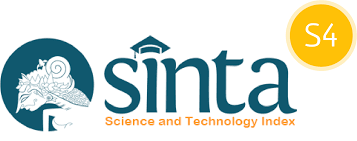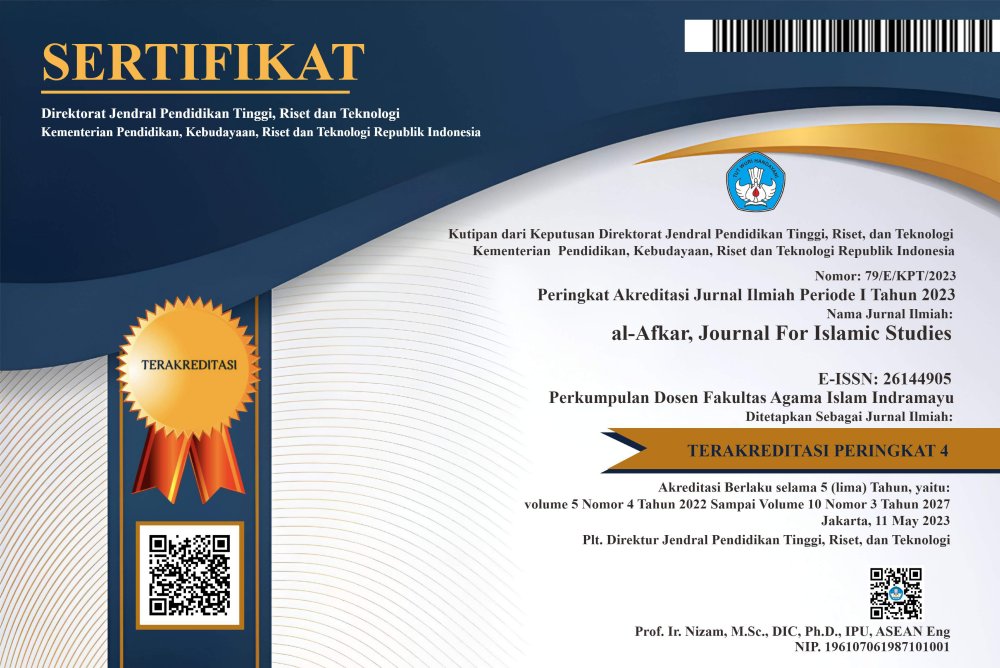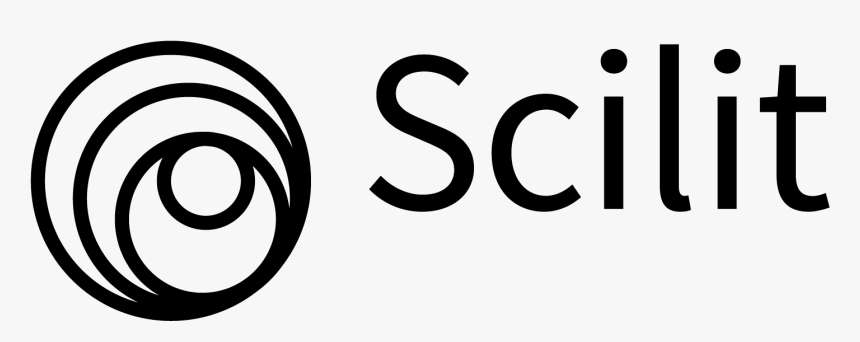The Potential and Challenges of Waqf in Overcoming Economic Crises and Recessions
DOI:
https://doi.org/10.31943/afkarjournal.v7i1.883Keywords:
Waqf, Recession, Waqf Development, Waqf projectsAbstract
This research examines waqf's potential to revitalize economies during crisis-induced recessions. It presents an analysis of economists' theories on recession causes, addressing factors such as the separation between financial and real sectors and the influence of price speculation. The historical context of 20th and 21st-century economic recessions is explored, highlighting the consistent repercussions of reduced economic growth and activity. Additionally, the study delves into waqf's development across countries, revealing significant asset values yet limited productivity. We found various models of waqf development that offer avenues for progress, with potential economic benefits including increased economic activities, enhanced economic growth, price stability, improved production, reduced unemployment, and wealth disparity reduction. Despite this potential, we found that waqf's global impact remains limited due to inadequate administration, weak management, and a lack of government support. The research underscores the importance of effective waqf management and supportive policies to unlock its full potential and contribute to global economic stability.
Downloads
References
Abdelrahman, M. (2021). Contemporary Challenges of Waqf And the Role of Blockchain in Their Solutions. Majallah Al-’ulum Al-Islamiyyah Ad-Dauliyah, 1, 257–285.
Ahmad, I. (2019). Potentials of The Institution of Waqf Towards Economic Growth and Development. 1–14. https://doi.org/https://www.academia.edu/40799054/POTENTIALS_OF_THE_INSTITUTION_OF_WAQF_TOWARDS_ECONOMIC_GROWTH_AND_DEVELOPMENT
Ahmed, A. (2010). Global financial crisis: an Islamic finance perspective. International Journal of Islamic and Middle Eastern Finance and Management, 3(4), 306–320. https://doi.org/10.1108/17538391011093252
Al-Anba. (2021). Muhandi Sayir: Kam ’adada Al-Aradhi Al-Mawqufah wa Ghaira Al-Mustagholah wa Laa Tuhaqqiqu Al-Maqashid As-Syar’iyyah. Al-Anba. https://www.alanba.com.kw/ar/kuwait-news/parliament/1062848/10-08-2021
Al-Masri, R. Y. (2009a). Al-Azimah Al-Maliyah Al-’Alamiyah: Man Yatahammal Masuliyataha? In Al-Azimah Al-Maliyah Al-’Alamiyah: Asbab wa Hulul min Manzhuri Al-Islamy (pp. 365–382). Scientific Publishing Center KAU.
Al-Masri, R. Y. (2009b). Speculation between Proponents and Opponents. In Issues in the International Financial Crisis from an Islamic Prespective (pp. 43–55). Scientific Publishing Center KAU.
Al-Masri, R. Y. (2009c). The Global Financial Crisis: Its Causes and Solutions From an Islamic Perspective. In Issues in the International Financial Crisis from an Islamic Prespective (pp. 287–295). Scientific Publishing Center KAU.
Alcidi, C., & Gros, D. (2011). Great Recession Versus Great Depression: Monetary, Fiscal and Banking Policies. Journal of Economic Studies, 38(6), 673–690. https://doi.org/10.1108/01443581111177385
APIF. (2021). APIF Annual Report 2021.
As-Sa’adi, A. (2007). Taysir Al-Karimi Ar-Rahman fii Tafsir Kalam Al-Mannan. Muassasah Ar-Risalah.
As-Saa’ati, A. A. (2009). Al-Mudhorabah wa Al-Qimar fii Al-Aswaqi Al-Maaliyati Al-Mu’ashirah: Tahlil Iqtishodiy wa shar’iy. In Al-Azimah Al-Maliyah Al-’Alamiyah: Asbab wa Hulul min Manzhuri Al-Islamy (pp. 183–217). Scientific Publishing Center KAU.
As-Shofi, W., & Matarneh, B. (2009). Al-Iqtishod Al-Islamy fii Muwajahati Al-Azimah Al-’Alamiyah baina An-Nazhariyah wa At-Tathbiq. Journal of Baghdad College of Economic Sciences University, 2(20), 141–174. https://www.iasj.net/iasj/search?query=au:%22الدكتور بشار المطارنة%22
Ascarya. (2017). The Root Causes Of Financial Crisis In Islamic Economic Perspective. Jurnal Ekonomi Islam, 8(November 2017), 136–149. https://doi.org/DOI:10.13033/isahp.y2013.086
Ayoub, S. (2012). The Global Financial Crisis , Securitization and Islamic Finance : An Opportunity for Inward and Outward Reform. ISRA International Journal of Islamic Finance, 4(2), 53–87. https://doi.org/10.12816/0002748
Badan Wakaf Indonesia (BWI), Pusat Kajian Startegis BAZNAS, & Direktorat Pemberdayaan Masyarakat dan Wakaf Kemenag RI. (2020). Laporan Hasil Survey Indeks Literasi Wakaf 2020.
Belouafi, A., Bourakba, C., & Saci, K. (2015). Islamic finance and financial stability: A review of the literature. Journal of King Abdulaziz University, Islamic Economics, 28(2), 3–44. https://doi.org/10.4197/Islec.28-2.1
Belouafi, A. M. (2009). Azimatu ’Aqor..Am Azimatu Nizhom? In Al-Azimah Al-Maliyah Al-’Alamiyah: Asbab wa Hulul min Manzhuri Al-Islamy (pp. 249–273). Scientific Publishing Center KAU.
Chapra, M. U. (2008). The Global Financial Crisis: Can Islamic Finance Help Minimize the Severity and Frequency of Such a Crisis in Future. ICR Journal, 1(2), 226–245. https://doi.org/10.52282/icr.v1i2.745
Çizakça, M. (1998). Awqaf in History and Its Implications for Modern Islamic Economies. Islamic Economic Studies, 6(1), 43–70.
Claessens, S., Kose, M. A., & Terrones, M. E. (2009). What happens during recessions, crunches and busts? In Economic Policy (Vol. 24, Issue 60). https://doi.org/10.1111/j.1468-0327.2009.00231.x
Crafts, N., & Fearon, P. (2010). Lessons from the 1930s Great Depression. Oxford Review of Economic Policy, 26(3), 285–317. https://doi.org/10.1093/oxrep/grq030
Dinar Standard. (2022). State of the Global Islamic Economy Report: Unlocking Opportunity.
el-Din, S. I. T. (2012). From the great depression to the 2008 global financial crisis: Systemic flaws in investment financing. Journal of King Abdulaziz University, Islamic Economics, 25(2), 173–191. https://doi.org/10.4197/Islec.25-2.6
Elasrag, H. (2012). Global Financial Crisis and Islamic Finance. In SSRN Electronic Journal (Issue October). SSRN Electronic Journal. https://doi.org/10.2139/ssrn.1591563
Guénette, J. D., Kose, M. A., & Sugawara, N. (2022). Is a Global Recession Imminent? Equitable Growth, Finance, And Institutions Policy Note, 4(September), 1–45. https://www.worldbank.org/en/research/brief/global-recession
Guénette, J., Kenworthy, P., & Wheeler, C. (2022). Implications of the War in Ukraine for the Global Economy. In Equitable Growth, Finance, And Institutions Policy Note (Issue April, pp. 1–31). World Bank Group.
Ha, J., Kose, M. A., & Ohnsorge, F. (2022). From Low to High Inflation: Implications for Emerging Market and Developing Economies (CAMA Working Paper 29/2022). https://ssrn.com/abstract=4074459
Hamdi, B., & Candra, D. (2022). The Impact Of MSME Waqf On Economic Recovery During The Covid-19 Pandemic: Case Study Of Global Waqf-ACT. Jurnal Ilmiah Ekonomi Islam, 8(2), 1229–1236. https://doi.org/http://dx.doi.org/10.29040/jiei.v8i2.4510
Hasan, S. M. (2014). Contemporary Waqf Development through Sukuk. Global Islamic Economics Magazine, 25, 14–17.
IMF. (2022). Overview of the World Economic Outlook Projections. In World Economic Outlook, Oct. 2022 (pp. 9–10). International Monetery Fund.
IMF. (2023). Overview of the World Economic Outlook Projections. In World Economic Outlook, Apr. 2023 (pp. 9–10). International Monetery Fund.
International Energy Agency. (2022). Oil Market Report July. https://iea.blob.core.windows.net/assets/d54cfc69-ed0f-44ed-b1fe-ad63b2259456/-13JULY2022_OilMarketReport.pdf
International Islamic Fiqh Academy. (2009). Resolution No. 182 (8/19): Application of B.O.T (Build-Operate-Transfer) Financing Method in the Development of Awqāf Properties and Public Utilities. International Islamic Fiqh Academy. https://iifa-aifi.org/en/32993.html
Limanseto, H. (2021). UMKM Menjadi Pilar Penting dalam Perekonomian Indonesia. Kementerian Koordinator Bidang Perekonomian Republik Indonesia. https://ekon.go.id/publikasi/detail/2969/umkmmenjadi-pilar-penting-dalam-perekonomianindonesia
Michalopoulos, S., Naghavi, A., & Prarolo, G. (2016). Islam , inequality and pre-industrial comparative development. Journal of Development Economics, 120, 86–98. https://doi.org/10.1016/j.jdeveco.2016.01.002
Nienhaus, V. (2018). Awqāf : Social Spending , Development Strategy and Financing. Journal of King Abdulaziz University, Islamic Economics, 31(2), 91–99. https://doi.org/10.4197/Islec.31-2.7
Obaidullah, M., & Shirazi, N. S. (2017). IRTI Islamic Social Finance Report. https://doi.org/10.13140/RG.2.2.26825.44645
Parameshwara, & Aneesh, A. K. (2022). Islamic Finance - A Best Solution To The Global Financial Crisis. SSRN Electronic Journal. https://doi.org/10.2139/ssrn.4153491
Rafay, A., Sadiq, R., & Ajmal, M. M. (2017). Uniform Framework for Sukuk al-Ijarah-A Proposed Model for All Madhahib. Journal of Islamic Accounting and Business Research, 8(4), 420–454. https://doi.org/10.1108/JIABR-09-2015-0042
Rashid, S. K. (2018). Potential of Waqf in contemporary world. Journal of King Abdulaziz University, Islamic Economics, 31(2), 53–69. https://doi.org/10.4197/Islec.31-2.4
Rozalinda. (2016). Nazhir Wakaf Profesional. In Manajemen Wakaf Produktif (2nd ed., pp. 39–51). Rajawali Pers.
Sa’adan, A., & ’Ammari, S. (2010). Tanaamiy A-Tamwil Al-Islamy Fi Zhilli Al-Azimati Al-Maaliyati Al-’Alamiyati Ar-Rahinah: Dirasatu Haalati Duwali As-Syarqi Al-Awsath wa Syimaali Ifriqiya. Al-Mu’tamar Al-’Ilmiy Ad-Dauliy: Al-Azimah Al-Maliyah Wa Al-Iqtishodiyah Al-’Alamiyah Al-Mu’ashirah Min Manzhuri Iqtishadiy Islamiy, 341–371. https://iefpedia.com/arab/wp-content/uploads/2010/12/تنامي-التمويل-الإسلامي-في-ظل-الأزمة-المالية-العالمية-المعاصرة،-دراسة-حالة-دول-الشرق-الأوسط-وشمال-أفريقيا-آسيا-سعدان-و-صليحة-عماري1.pdf
Seidu, A. M. (2009). Current Global Financial Crisis: Cause and Solution. In Issues in the International Financial Crisis from an Islamic Prespective (pp. 25–41). Scientific Publishing Center KAU.
Shalihat, S. M. H. (2018). Hukumatu Al-Awqaf wa Idaratu ’Amaliyatiha Ar-Raisiyah (1st ed.). Muassasah Sa’i Li Tathwir Al-Awqaf.
Siddiqi, M. N. (2009). Current Financial Crisis and Islamic Economics. In Issues in the International Financial Crisis from an Islamic Prespective (pp. 3–9). Scientific Publishing Center KAU.
SIWAK. (2023). Jumlah Tanah Wakaf Seluruh Indonesia. Indonesian Ministry of Religion. https://siwak.kemenag.go.id/siwak/persen_jumlah_tanah_wakaf.php
Stibbard, P., Russell, D., & Bromley, B. (2012). Understanding the waqf in the world of the trust. 18(8), 785–810. https://doi.org/10.1093/tandt/tts087
UN Saudi Arabia, & ICD. (2021). The Role of Awqaf in Achieving the SDGs and Vision 2030 in KSA. United Nations Saudi Arabia, 1–99. https://saudiarabia.un.org/en/146145-role-awqaf-achieving-sdgs-and-vision-2030-ksa
World Bank. (2023a). World GDP Growth (Annual%). https://data.worldbank.org/indicator/NY.GDP.MKTP.KD.ZG
World Bank. (2023b). World Inflation, Consumer Price (Annual%). https://data.worldbank.org/indicator/FP.CPI.TOTL.ZG
Yuliani, I. (2022). Inflasi dan Solusi MengatasI Inflasi. In Pengantar Ilmu Ekonomi (p. 117). CV. Azka Pustaka.
Zarqa, M. A. (1994). Financing And Investment In Awqaf Projects: A Non-Technical Introduction. Islamic Economic Studies, The Islamic Research and Training Institute (IRTI), 1, 55–62.
Downloads
Published
How to Cite
Issue
Section
License
Copyright (c) 2024 Syamsul Bachri, Imron Rosyadi, Muthoifin

This work is licensed under a Creative Commons Attribution 4.0 International License.



















